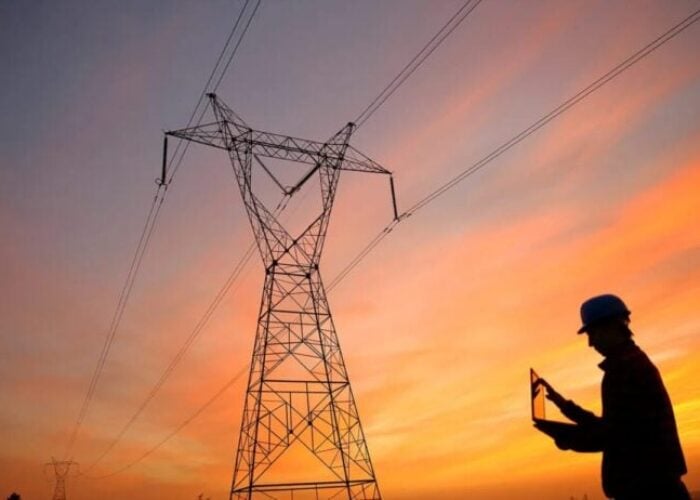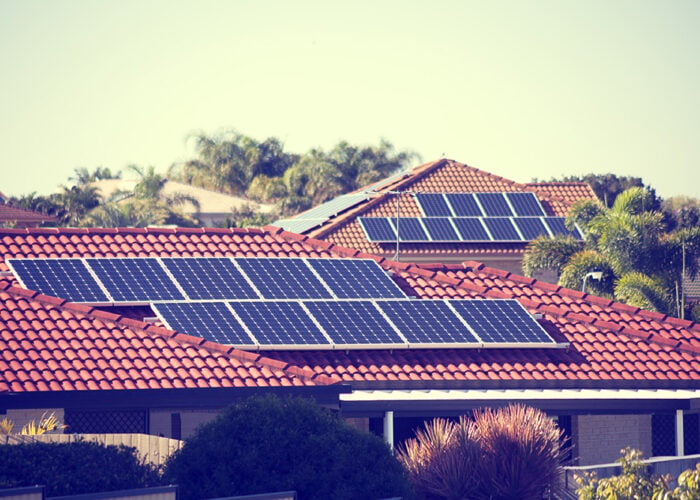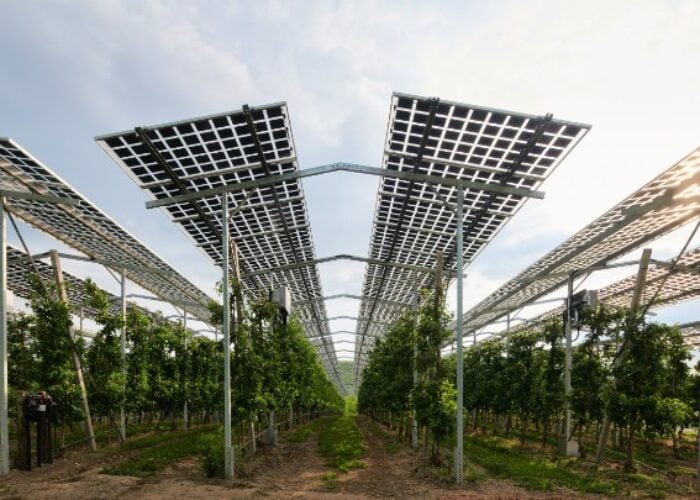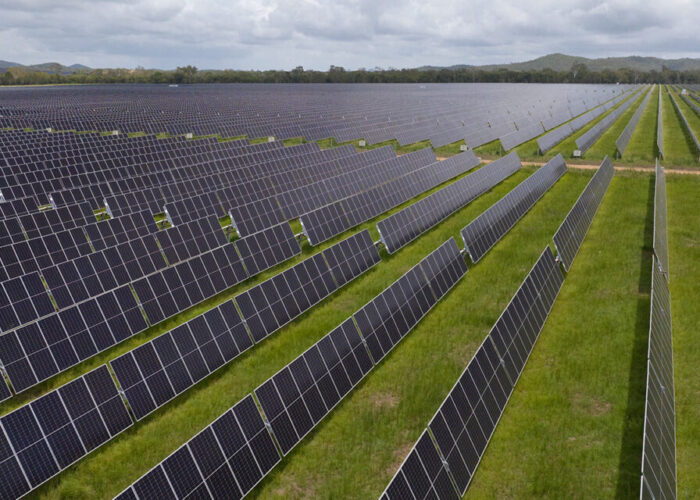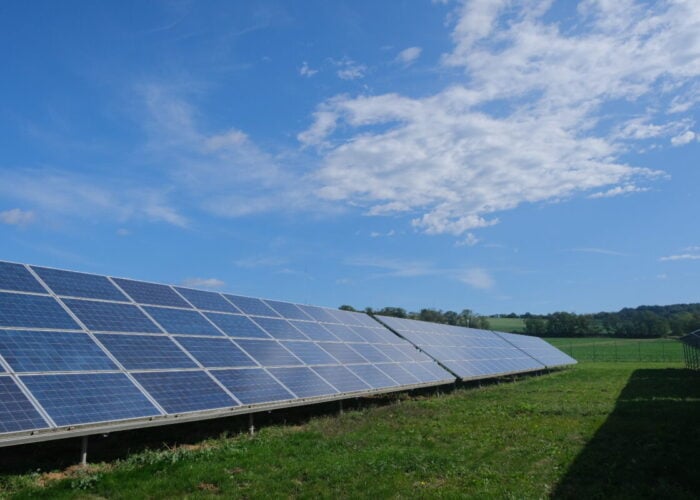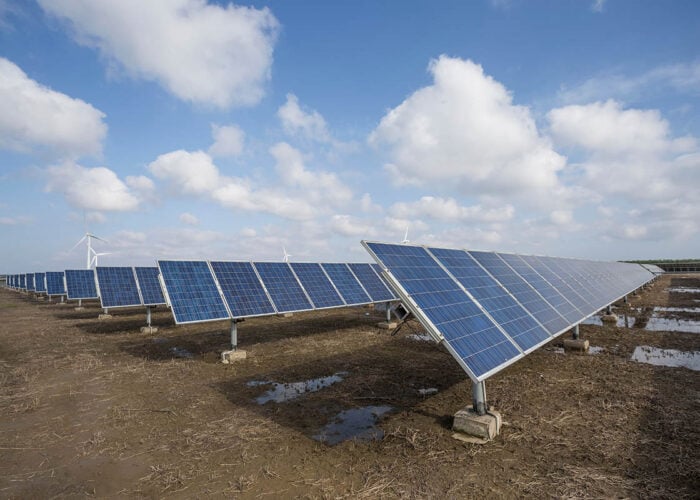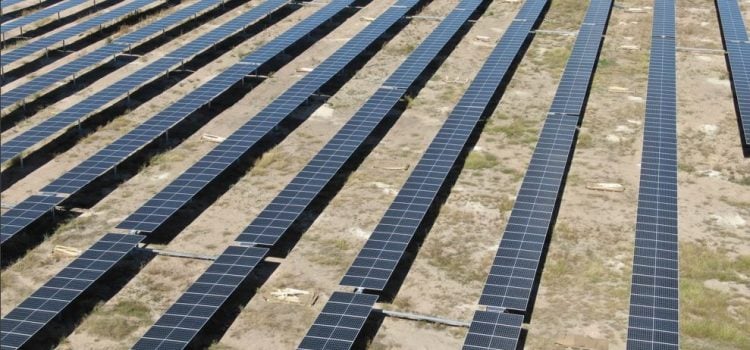
Australia is no stranger to the solar industry. According to research from the International Energy Association Photovoltaic Power Systems Programme, Australia installed 3.9GW of new solar power in 2022, eighth-most in the world, and that year, its total cumulative capacity reached 30GW, behind just four countries.
The same report also highlights Australia’s well-documented dominance of the residential solar sector, noting that Australia boasts 1.16kW of solar capacity per person, the most in the world. The Australian Clean Energy Council reports that this trend is only growing, with the Australian rooftop solar sector generating over 8,000GWh of power in Summer 2022, the most on record, and meeting 14% of the country’s energy needs.
Unlock unlimited access for 12 whole months of distinctive global analysis
Photovoltaics International is now included.
- Regular insight and analysis of the industry’s biggest developments
- In-depth interviews with the industry’s leading figures
- Unlimited digital access to the PV Tech Power journal catalogue
- Unlimited digital access to the Photovoltaics International journal catalogue
- Access to more than 1,000 technical papers
- Discounts on Solar Media’s portfolio of events, in-person and virtual
While these figures are undoubtedly impressive, there is considerable variation in the penetration of residential solar in particular, and solar installations in general, across Australia’s states and territories. Figures from the Clean Energy Council show that residential solar power accounted for 27.6% and 21.4% of the energy mixes of South Australia and Western Australia, but just 5.4% of the energy mix of Tasmania, and while the energy needs of these states vary greatly, the vast difference in solar adoption is notable.
Much of this stems from the fact that many regions have set their own energy transition targets, andare pursuing their own policies to reach them. In its report into Australian solar power in the first quarter of this year, the Australian Energy Council notes that New South Wales, Victoria, the Northern Territory and the Australian Capital Territory all have programmes in place to encourage the installation of new solar and battery facilities, but that no specific policies exist in other regions.
The states’ and territories’ renewables targets vary greatly, with Queensland looking to cut its emissions by 50% compared to 2005 levels by 2040, while South Australia aims to completely eliminate emissions by the same date.
Yet many of the state governments have implemented favourable economic policies to encourage more solar investment within their borders, raising questions as to how much influence state governments have over local renewable implementation, compared to the federal government. Indeed, without some of the political pressures that face those in the federal government, Australia’s state and territorial governments have been able to make meaningful changes to their renewables sectors.
Tumult on the national scale
While it would be straightforward to suggest that legislation operating on a national scale would be consistent, as it could apply equally to all parts of the country, the recent history of Australia’s national government would suggest otherwise.
In last year’s general election, the ruling Liberal-National Coalition was soundly defeated, losing 17 seats, and leaving Australia with a Labor government, alongside six teal independents and four Green members of parliament, all of whom are more likely to be interested in decarbonisation programmes than the previous conservative government.
“What we had for quite a while was a combative federal government, which was a conservative anti-renewable government, and then all the states and territories of Australia had all set in place an obligation to achieve net-zero by 2050, and all had incremental renewable energy targets along the way to get into net-zero by 2050,” explains Glenne Drover, secretary of the Melbourne office of the Australian Institute of Energy.
“Then, 18 months or so ago, we had a change of federal government. And now, in all of Australia, we don’t have any conservative government now on the mainland. We have a conservative state government in Tasmania – which is quite small, Tasmania has less than a million people – but every other state and territory on the mainland is Labor.”
While this state of affairs is not unique to Australia, the suddenness of the shift from a national government more hesitant to invest in renewables to one that is more eager to develop clean power is striking. The ambition of the new government is most apparent in a report from the Australian Energy Market Operator, which manages the country’s electricity grid, published a month after last year’s election.
The report identified four possible scenarios for Australia’s energy mix by 2050. In order to meet the requirements of the most ambitious scenario, Australia would need to produce 275GW of solar power by 2048, and in order to meet the targets of two additional two scenarios, it will produce more than 50GW by the same year, making clear that significant solar investment will be a necessity for the future of Australian power.
Securing political positions
Yet the transition from one government to another is not the only source of disruption in national-level policymaking. Drover used the example of Malcolm Turnbull, the Liberal leader and prime minister between 2015 to 2018, as a politician who sought to use energy reform for more political ends.
“Turnbull was one of the few conservative politicians that actually supported renewable energy, and while he was suffering from attacks from within his party – you can imagine it was just like an episode of Yes, Minister – they did a quick round-the-table as to what he could do to announce something really big and put his name and a stamp on it,” explains Drover. “That was when Turnbull, five or six years ago, as the prime minister of the time and many several Prime Ministers ago now, announced Snowy 2.0.”
The project is a successor to Snowy, a vast hydropower project built in New South Wales between 1949 and 1972, which today boasts a total power capacity of 4.1GW. Drover calls the original scheme a “classic nation-building project,” which helped foster a sense of community and collective benefit around its construction and operation, and suggests that Turnbull’s successor aimed to secure the prime minister’s position, rather than deliver these diverse benefits.
The Snowy 2.0 project aims to add an additional 2GW of power capacity to the scheme, but its cost has ballooned from an estimated budget of A$2.5 billion to A$10 billion. The government’s latest estimate is that the project will come online in 2029, two years behind schedule, as logistical challenges mount.
The project is a good example of the potential, and dangers, of large, state-owned energy projects in Australia. The government was able to push the project through stages of permitting and construction – Drover notes that the government awarded construction contracts without first completing the environmental assessments required by its own legislation – and the result has been a bloated and expensive project.
State government activity
The work of individual state governments, meanwhile, has largely focused on delivering meaningful change for their local energy industries. For Drover, this predominantly takes the role of establishing economic conditions where private investors are encouraged to support new solar power projects.
“They’re all working very hard to have markets and systems in place and encourage the federal regulator, which sets up the systems, the energy systems and the energy regulations, to make sure that’s there,” says Drover. “What we’re slowly seeing is individual state governments doing different things.”
For instance, Queensland has set some of the most ambitious renewable power targets in the country, aiming to bring 22GW of new solar and wind projects online by 2035. Private investment will provide a vital part of the new energy mix, such as the Western Downs Green Power Hub, a solar project under construction that could add up to 400MW to the state’s grid, and which is owned by French power company Neoen.
Drover also expressed confidence that this model – where a state government sets ambitious but deliverable energy targets, then encourages private companies to provide the capital to meet them – has helped encourage innovation, and the spread of ideas from one state to the next.
“In Victoria, the state where I live, they ran what they call renewable energy target auctions, of about 600MW each and they ran those as contracts for difference,” says Drover. “That was originally started by a very small territory, within which the federal government sits called the Australian Capital Territory, and then Victoria picked it up and now the next big player doing that is New South Wales.”
Drover also highlights contracts for difference, deals signed between investors and owners where the value of the deal can change over time, as an important part of solar investment in Australia.
These types of deals are particularly attractive for those in the renewable sector, where fluctuations in the electricity price can lead to massive windfalls for some participants, and this has already happened in the Australian renewables sector. Last September, increases in the price of electricity in the Australian Capital Territory, which is powered entirely by renewables, caused wind and solar farm operators to pay back A$58 million to their customers, helping protect them from rising electricity prices across Australia.
A strong residential record
Perhaps the clearest example of the successes of states’ policies is in the widespread adoption of residential solar installations across Australia, which have made the country among the world leaders in solar capacity per capita.
In June, SolarPower Europe reported that 118GW of new rooftop solar capacity was installed in 2022, the tenth consecutive year in which residential solar installations broke a record for new capacity added. Drover argues that the sheer volume of contracts for difference offered by Australian state governments has de-risked many small-scale solar investments for potential investors, encouraging companies to bid for increasingly low power prices, and keep electricity costs down for consumers.
“What we do have here is the potential for solar power to still get cheaper,” says Drover. “One of the contracts for difference New South Wales got recently for solar projects was at A$30/MWh. Now that’s not what was necessarily that solar company’s rate to meet the hurdle rate [the minimum return on investment to make a project financially viable], but that was all they required from the government in a contract for difference.
“It’s a really interesting position and role for a state government like New South Wales, to say: ‘What can we do really cleverly that will get us lots of development in our state?’”
As a result, a combination of political will and economic viability has encouraged state governments to behave in a manner that Drover believes is optimal for encouraging the development of new solar facilities. However, as Drover notes, Australia will still need to do considerable work to meet its clean energy targets; it may be the case that it is the state governments that will lead the way on this transition.
“If you tracked the pathway towards net-zero by 2050, we don’t quite have the level of solar, wind and storage investment that we need to meet that target in the curves that most of the models have,” says Drover. “And so that’s what we’re seeing as a result … the good role for government is to just make sure everything’s working, the state governments have effectively decided it’s not working fast enough.”

